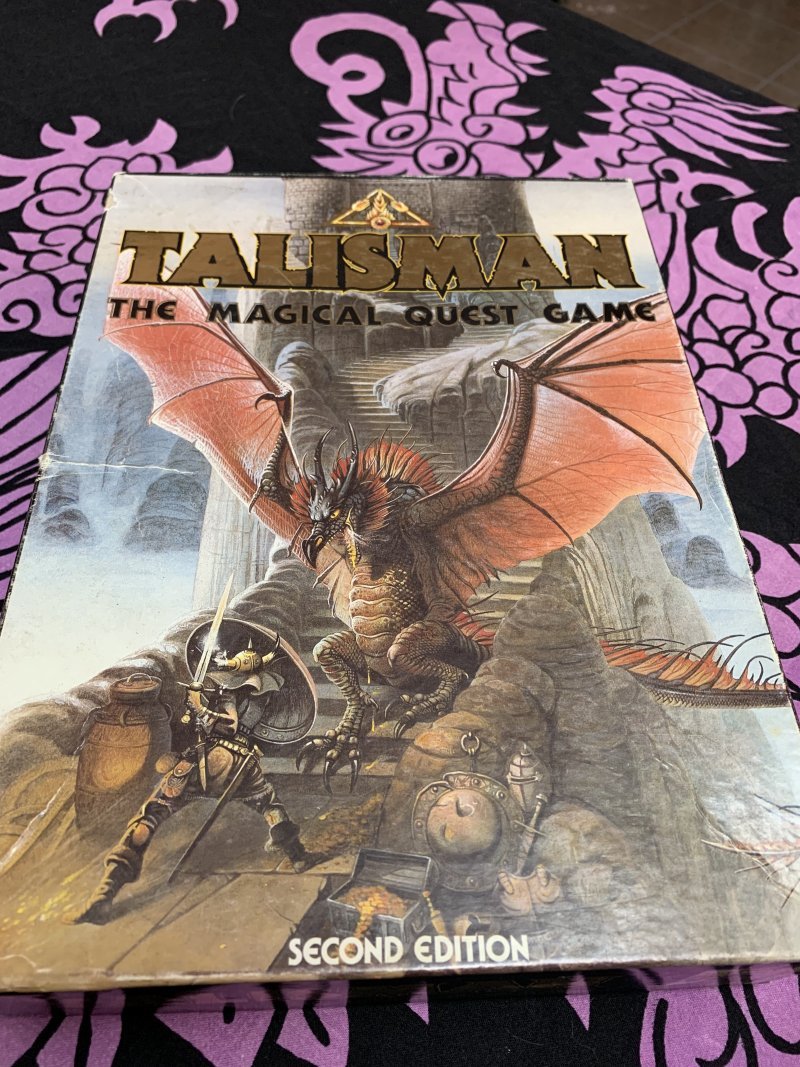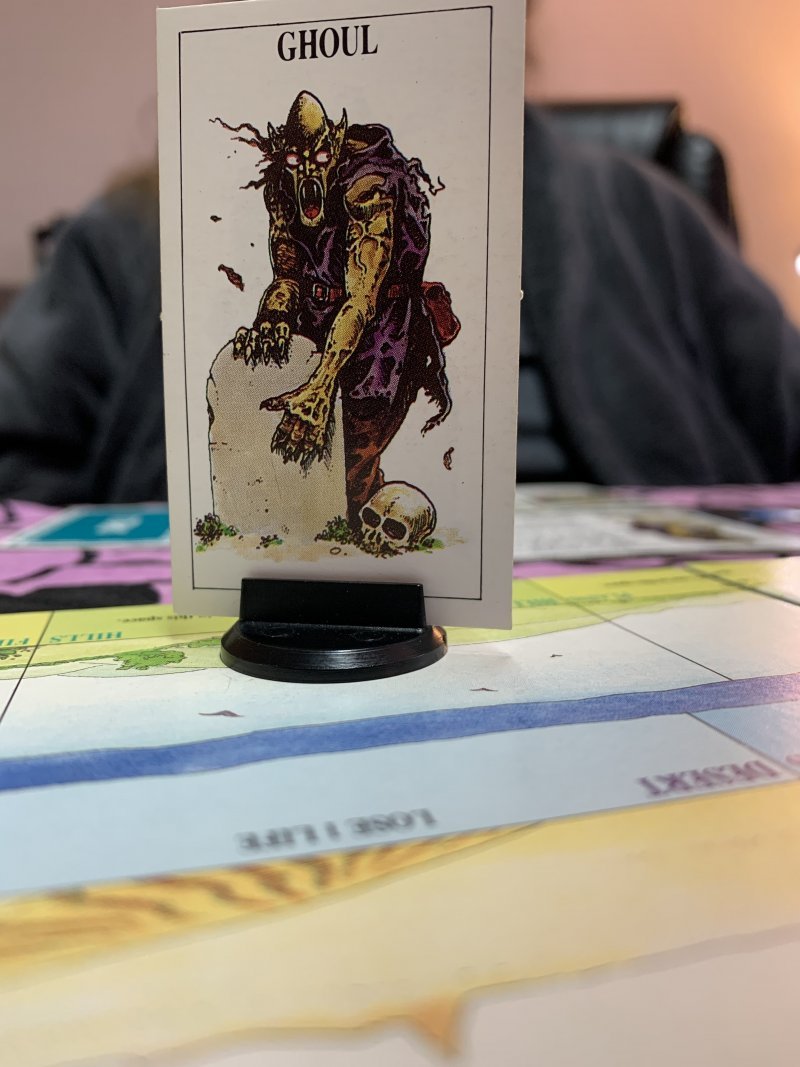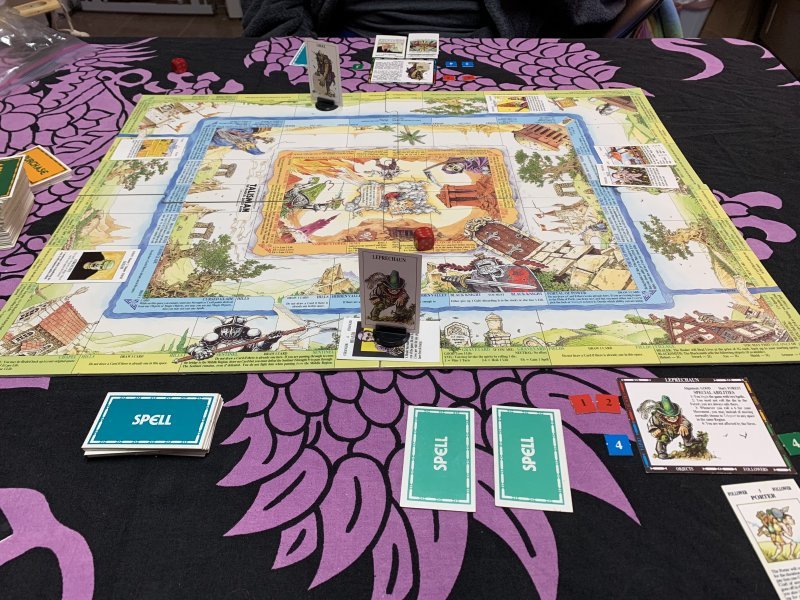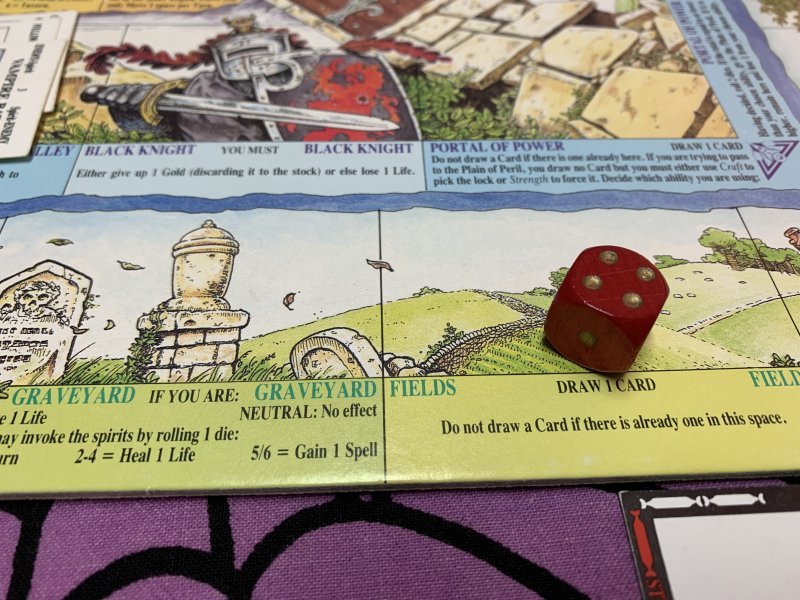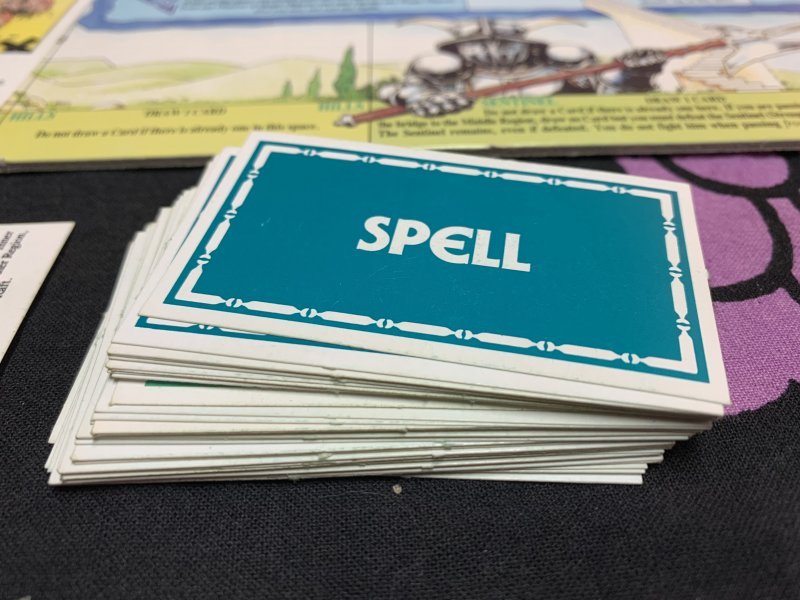
I don't actually miss the 1980s or even the 1990s. Sure the computers were better back then, but its kind of hard to look back and be overly fond of the 1980s. There were high spots to be sure, but mostly because this is a gaming blog, I tend to fixate on the games.
I did other things during these times, granted. I read a lot, even watched a bit of television, mostly in the 1990s when Babylon 5 was on. And the early 1990s introduced me to a lot of films I ignored during the 70s and 80s. And culturally, I remain a bit of a work in progress.
But progress is what I aim for. Take board games, another one of my huge blind spots throughout the decades. To be honest, multiple playthroughs of Monopoly or Clue sort of informed my ignorance if you take my meaning. I simply assumed most board games were like whatever Milton Bradley or Parker Brothers sold in department stores. Oh, I guess there was the time I played Dark Tower with my friend Dennis Yates (in Japan), but I only played that the once.
Back to the 1990s, and an exception emerges (though it emerges from the 1980s, since it was originally published in 1983).
I was introduced to this game in the early 1990s, at college, by my friend Dominick. This was the second fantasy-based board game I'd ever played, the first being Dungeon! back in the mid-80s (introduced to me by my friend Joaquin, who had a copy).
The thing about fantasy games in general is that video games (especially those of the time) were essentially limited experiences, and board games were generally no exception to this, especially when compared to role playing games. Advancement for characters is limited for games on this era.
Except for Talisman. I don't know if Talisman was the only game to permit role-playing style character advancement in a board game when it was first published in 1983, but it was certainly intriguing even to my early 1990s self.
I'd be less than honest if I said this was the only thing that intrigued me about the game; the edition we were playing back in the '90s was made with illustrator Gary Chalk's art, with whom I was already familiar from the Lone Wolf books from back in the 1980s, and I was greatly predisposed to like game's art direction as a result.
A bit is made of the game's dependence on chance to advance. This is true, and the second edition of the game comes with two six-sided dice. More recent versions of the game (up until the 4th edition, which as of this writing is now out of print) include more dice. The game also relies heavily on drawing cards.
But in spite of this (or perhaps because of these elements), I found the first time I played the game to be absolutely entertaining. I recall only playing the once. It took the invention of eBay before I was able to lay my hands on my own copy of the game, in the early 2000s.
The game also has expansions, which can add to the length of time spent playing the game. Sometimes considerably, but they add considerably to the fun to be had while playing them. Expansions include the Dungeon, City, and Timescape sets, most of which come with their own boards and adventure cards, which bring their own flavors to the main game. As enjoyable as these expansions often are, as often as not I wind up playing the game sans expansion, if only to keep play times manageable. As it is, the core game has sometimes ended with some other attribute being determined as winning, other than getting the the center of the board, part of the object of the game.
Regardless, time flies when we play this game.
